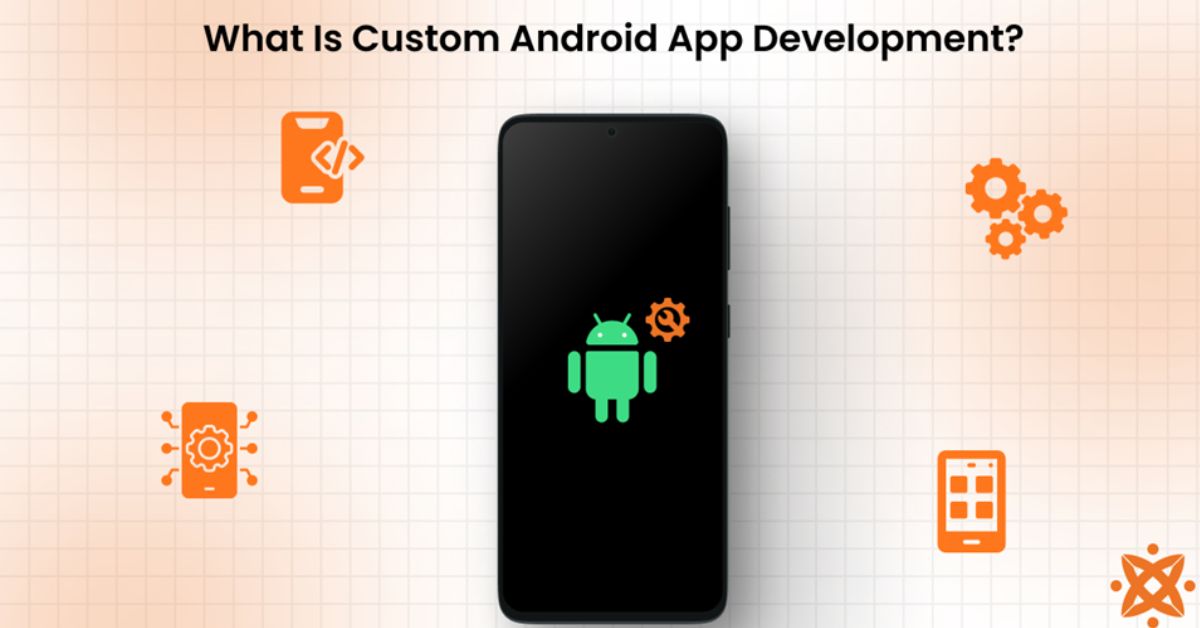As of 2025, a staggering 89% of businesses use artificial intelligence for content creation. From blog posts and product descriptions to social media updates and email marketing, AI is now deeply woven into modern content strategies. But there’s a catch.
While AI delivers speed and scalability, it often lacks the soul of human expression. Machine-generated content can feel sterile, repetitive, or too polished—triggering not just reader disinterest but also penalties from search engines. As AI becomes the norm, the true differentiator is undetectable AI content—text that sounds so natural, even humans (and detection tools) can’t tell it’s machine-made.
The brands winning the content game aren’t just using AI. They’re mastering the art of humanizing it.
Why AI Content Gets Detected
Even the most advanced AI models—like ChatGPT, Claude, and Gemini—have recognizable patterns that signal their machine origins. Detection tools, and often readers themselves, spot these clues almost instinctively.
Common Giveaways Include
- Predictable phrasing
Phrases like “in conclusion,” “on the other hand,” or “in today’s fast-paced world” are red flags. These are structural crutches used by AI to maintain coherence, but they can make content feel robotic and templated. - Overly formal tone
AI tends to lean academic. It avoids contractions and favors complex sentence structures. This can make even a casual blog post sound like a dissertation. - Lack of personal touch
Readers connect with stories, emotions, and unique perspectives. AI, unless directed otherwise, speaks in generalities and avoids specifics that give content personality.
How Humanizer Tools Help
Detection tools—like Originality.ai, GPTZero, and Copyleaks—pick up on AI patterns. The good news? Humanizing tools like CudekAI, Undetectable AI, and Sapling are stepping in to solve this problem.
These tools improve authenticity by:
- ✔️ Adding natural sentence variation
- ✔️ Inserting colloquialisms and contractions (“you’ll” instead of “you will”)
- ✔️ Mimicking imperfections and casual quirks

The Business Case for Humanization
Human-like content isn’t just about fooling algorithms—it drives real business results. Here’s why humanizing your AI-generated text is no longer optional.
SEO Performance
Google’s EEAT (Experience, Expertise, Authoritativeness, and Trustworthiness) guidelines emphasize authenticity. When AI-generated content lacks depth or appears generic, it risks lower rankings or even deindexing.
Humanized content aligns with EEAT signals:
- Experience: Adding anecdotes or examples
- Expertise: Speaking from a specific point of view
- Authority: Citing personal insights or real-world cases
- Trust: Writing in a relatable, believable voice
Engagement Metrics
According to a HubSpot study, humanized content receives 2.5x more shares than generic content. Readers are far more likely to interact with writing that feels like it was written by a real person.
Benefits include:
- Longer time-on-page
- Lower bounce rates
- Higher conversion rates
Building Trust
A 2023 Nielsen survey revealed that 68% of readers abandon content that feels “robotic.” Whether it’s a blog post or a sales page, trust is essential—and robotic content erodes it fast.
People want to connect with stories, emotions, and personality. If your content doesn’t reflect that, you’re missing the mark—and potentially losing business.

How to Achieve Undetectable AI Text
Getting human-like content from AI isn’t just about pressing “generate” and hitting publish. It’s a process. Here’s a simple, repeatable framework:
1. Generate a Raw Draft with AI
Start with a base using ChatGPT, Claude, Jasper, or any preferred tool. Focus on structure, flow, and factual accuracy. Don’t worry (yet) about tone or human nuance.
2. Run It Through a Humanizer Tool
Use tools like CudekAI, Undetectable AI, or WriteHuman to rework the draft. These platforms adjust syntax, infuse conversational tone, and simulate human quirks.
Features to focus on:
- Emotional language
Use words like “game-changing,” “frustrating,” or “incredible” to convey feeling. - Colloquial tone
Use phrases like “Let’s be real,” “You’ve probably noticed,” or “Here’s the deal.” - Anecdotal storytelling
Add short, believable examples like “When Sarah first tried this tactic, she saw a 40% boost in leads.”
3. Proofread and Customize
No tool is perfect. Read through the content and tweak it to match your brand voice. Ask:
- Would a real person say this?
- Does it sound like us?
- Are there specific examples or unique insights?
Consider inserting:
- First-person phrases (“I’ve found that…”)
- Rhetorical questions (“Ever wonder why that happens?”)
- Humor or surprise (“And yep, it really worked.”)
4. Verify Using Detection Tools
Before hitting publish, run your content through AI detection platforms to confirm it passes. Aim for a human probability score of 90% or higher. Adjust wording until it blends seamlessly.
Popular tools include:
- ai
- ZeroGPT
- Content at Scale AI Detector
Conclusion: Master the Balance
AI isn’t replacing writers—it’s empowering them. But speed without soul is a losing game. To stay competitive, your content needs to do more than just inform. It needs to connect.
By combining the power of AI with the art of human expression, you unlock a formula that’s hard to beat.











